Amizonchik is an antiviral agent for systemic use, for the treatment of influenza and SARS.
Warehouse
- 1 ml of syrup contains Amizon (enisamium iodide) 10 mg;
- excipients: sodium hydrogen phosphate, dodecahydrate; citric acid, monohydrate; Tutti-Frutti flavoring; Peach flavoring; purified water; sorbitol non-crystallizing solution (E 420).
Pharmacological properties
Pharmacodynamics
Enisamium iodide is a derivative of isonicotinic acid. It has an inhibitory effect on influenza viruses, has interferonogenic properties, increases the body’s resistance to viral infections, and has anti-inflammatory, antipyretic, and analgesic effects.
The antiviral effect of Amizonchik is associated with its direct effect on the hemagglutinins of the influenza virus, as a result of which the virion loses the ability to attach to target cells for further replication.
The anti-inflammatory effect is the result of stabilization of cell and lysosomal membranes, slowing down of basophil degranulation, antioxidant action, normalization of prostaglandin levels, cyclic nucleotides and energy metabolism in the focus of inflammation. The antipyretic properties of this agent are due to the effect on the thermoregulatory centers of the brain. The analgesic effect of the agent is carried out through the reticular formation of the brain stem.
Enisamium iodide enhances persistent immunity by increasing the level of endogenous interferon in blood plasma by 3-4 times, lysozyme and increasing the titer of antibodies to infectious agents, as well as cellular immunity by stimulating the functional activity of T-lymphocytes and macrophages. This agent is a powerful inducer of endogenous interferon.
Pharmacokinetics
After oral administration, enisamium iodide quickly enters the blood, its maximum concentration in the blood is observed 2-2.5 hours after administration. The half-life is 13.5-14 hours. The drug is metabolized in the liver, but is rapidly excreted from the tissues (the half-life is 2-3 hours). It is excreted from the body by 90-95% with urine in the form of metabolites.
Contraindication
Hypersensitivity to the components of the drug and iodine preparations.
The presence of allergic reactions regardless of the nature of the allergen in the anamnesis.
Severe organic lesions of the liver and kidneys.
Tuberculosis.
Dermatitis herpetiformis of Duhring (Duhring-Brock syndrome).
Manifest and latent hyperthyroidism.
Autonomous adenoma, focal and diffuse autonomous foci of the thyroid gland.
Hemorrhagic diathesis.
Amizonchik Enhances the effect of antibacterial and immunomodulatory agents. It is advisable to combine this drug with ascorbic acid and other vitamins. Patients with thyroid dysfunction are not recommended to use the drug in combination with interferon.
Method of application
The drug is recommended for the treatment of children aged 3 and over. The syrup should be taken orally, preferably after meals, with a small amount of water.
Children aged 3 to 4 years – 5 ml (50 mg) 3 times a day.
Children aged 4 to 5 years – 6 ml (60 mg) 3 times a day.
Children aged 5 to 6 years – 7 ml (70 mg) 3 times a day.
Children aged 6 to 12 years should be given the drug in tablet form. If the child cannot swallow tablets, take 12 ml (120 mg) of the drug 2-3 times a day.
For dosing the syrup, a 5 ml dosing spoon with a division rate of 1 ml is included. If it is necessary to measure a dose of more than 5 ml, first measure the first 5 ml of syrup, and then the rest of the dose.
Application features
The drug should be prescribed with caution to patients with thyroid diseases, especially to persons with nodular or multinodular goiter aged 40 years and older, due to the risk of decompensation of the functional autonomy of the thyroid gland. The syrup contains sorbitol, so patients with hereditary intolerance to some sugars should consult a doctor before taking this medicine. Patients with rare hereditary fructose intolerance should not take the drug.
Pregnant women
The use of the drug during pregnancy is contraindicated.
Children
The drug is used to treat children aged 3 years and older.
Drivers
The drug is not intended for use in this category of patients.
Overdose
In case of overdose, the manifestations of adverse reactions may be increased: brown discoloration of the mucous membranes, vomiting, abdominal pain and diarrhea. The development of edema, erythema, acne-like and bullous rashes, fever is possible. Laboratory and instrumental data: increased blood pressure, decreased blood pressure.
Side effects
Immune system disorders: hypersensitivity reactions.
Skin and subcutaneous tissue disorders: rash, itching, urticaria, erythema, angioedema.
Gastrointestinal: dry mouth, dysgeusia (bitter taste in the mouth), swelling of the oral mucosa, hypersalivation, tongue discoloration (yellowing), nausea, vomiting, diarrhea, dyspepsia, abdominal pain, upper abdominal pain, bloating.
Respiratory, thoracic and mediastinal disorders: dyspnea, throat irritation.
Expiration date
2 years.
Storage conditions
Store in the original packaging at a temperature not exceeding 25C.
Keep out of reach of children.

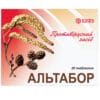
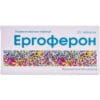

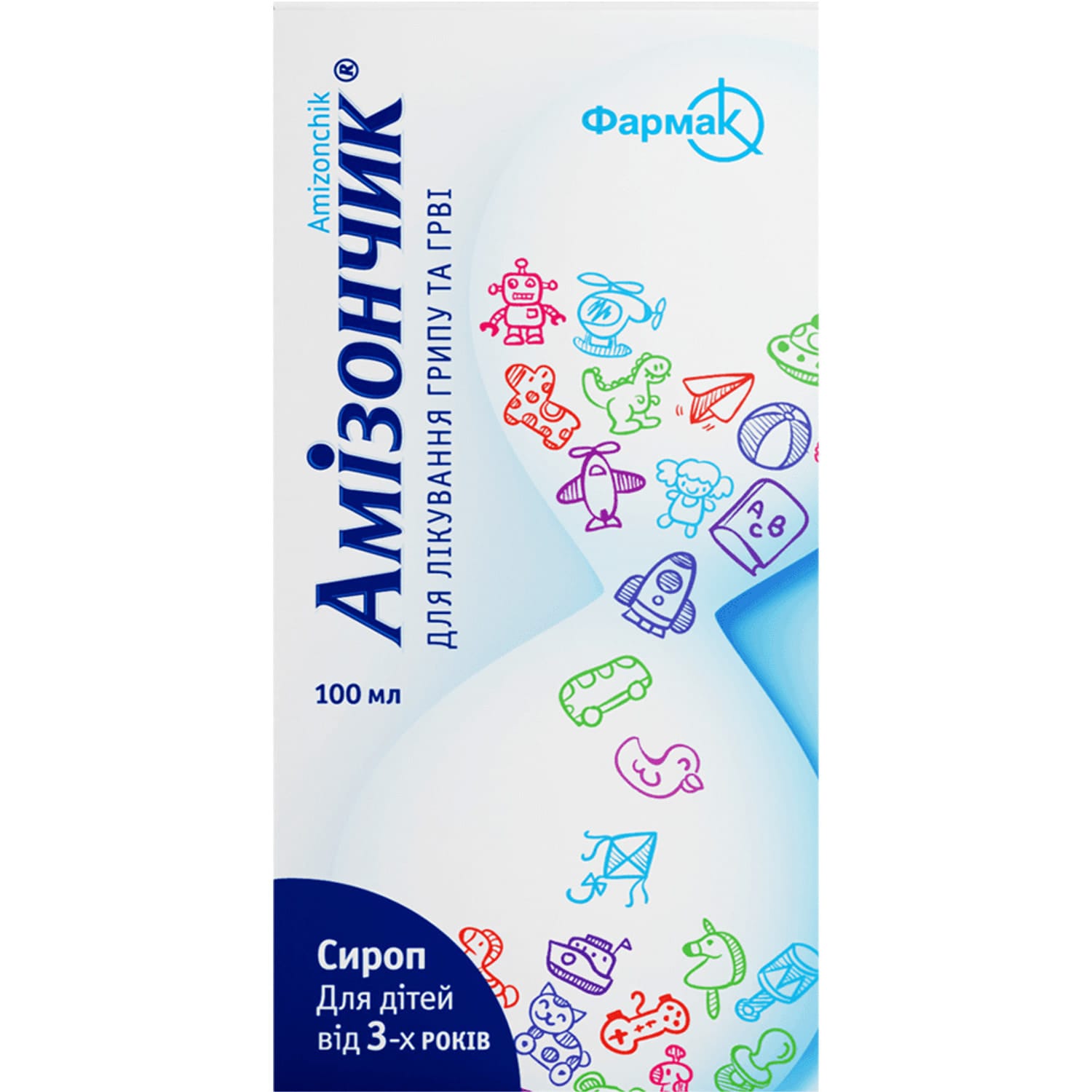
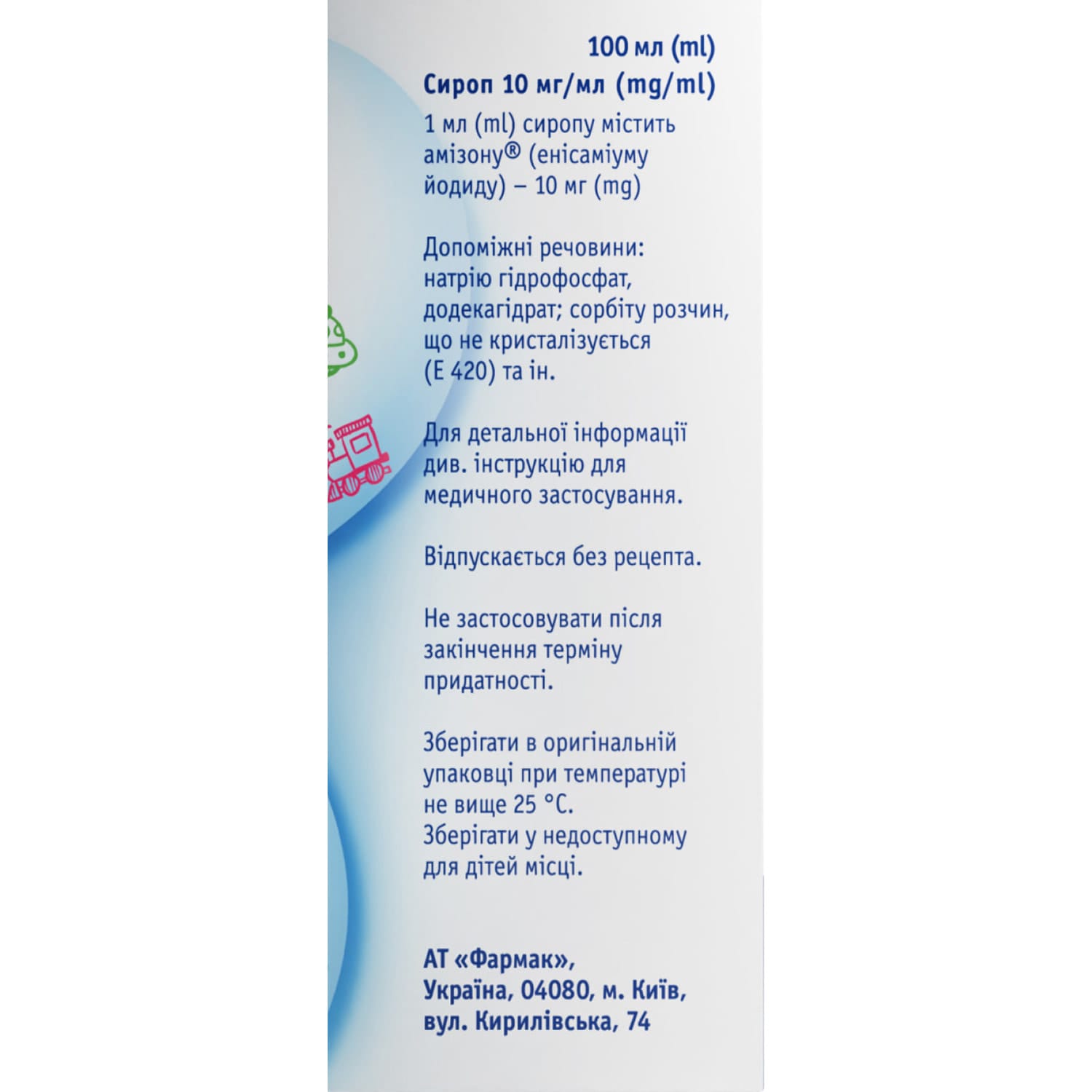
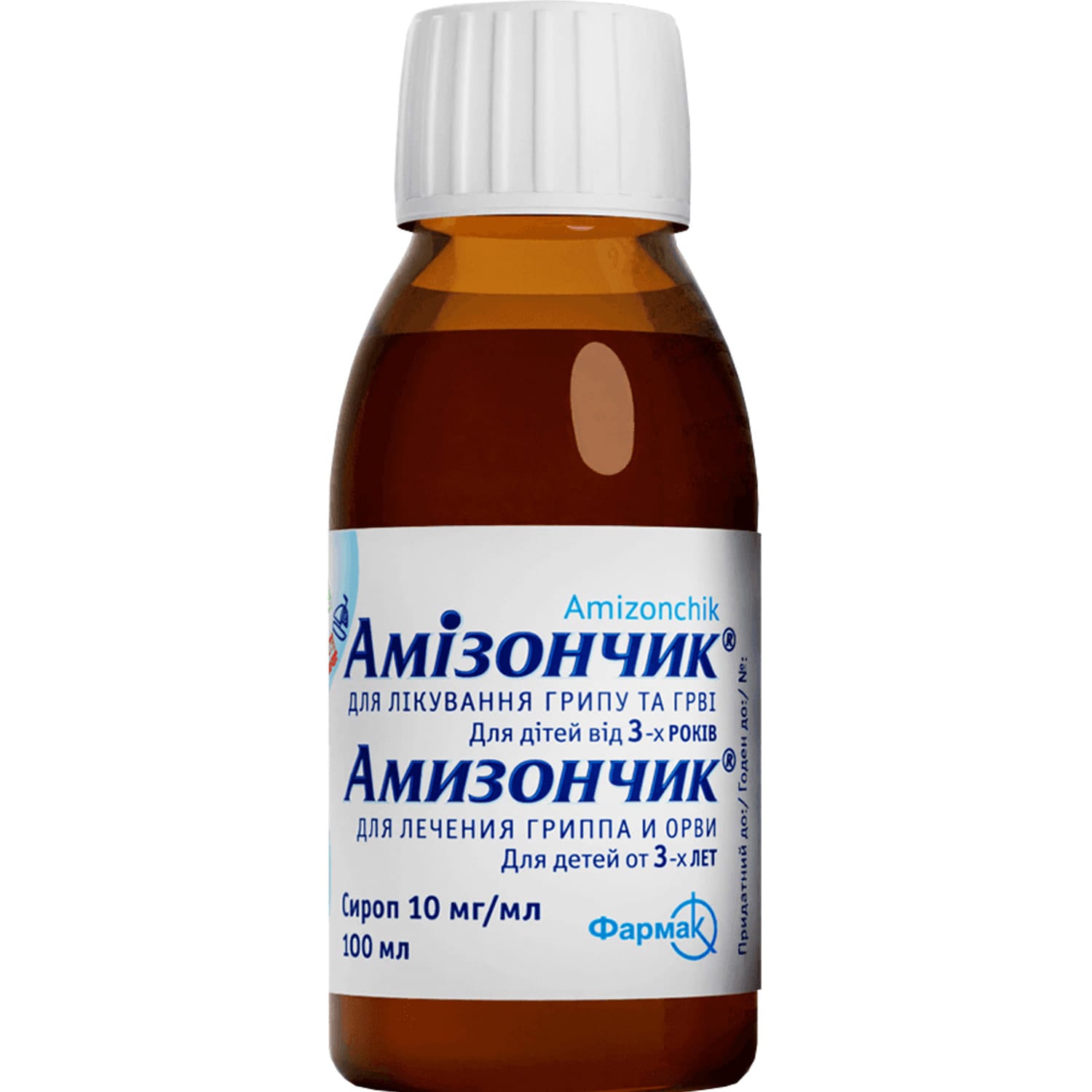

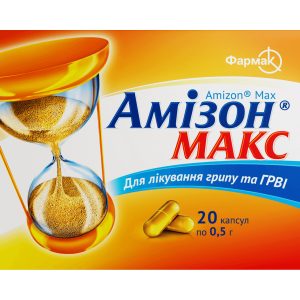
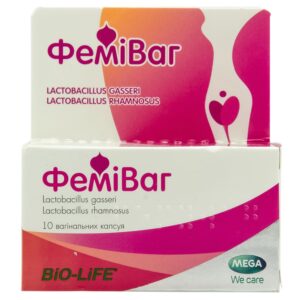
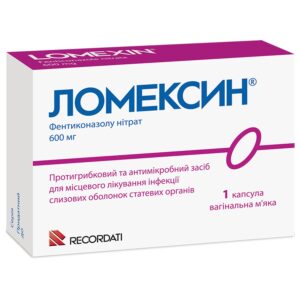
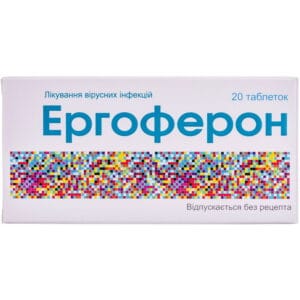
Reviews
There are no reviews yet.